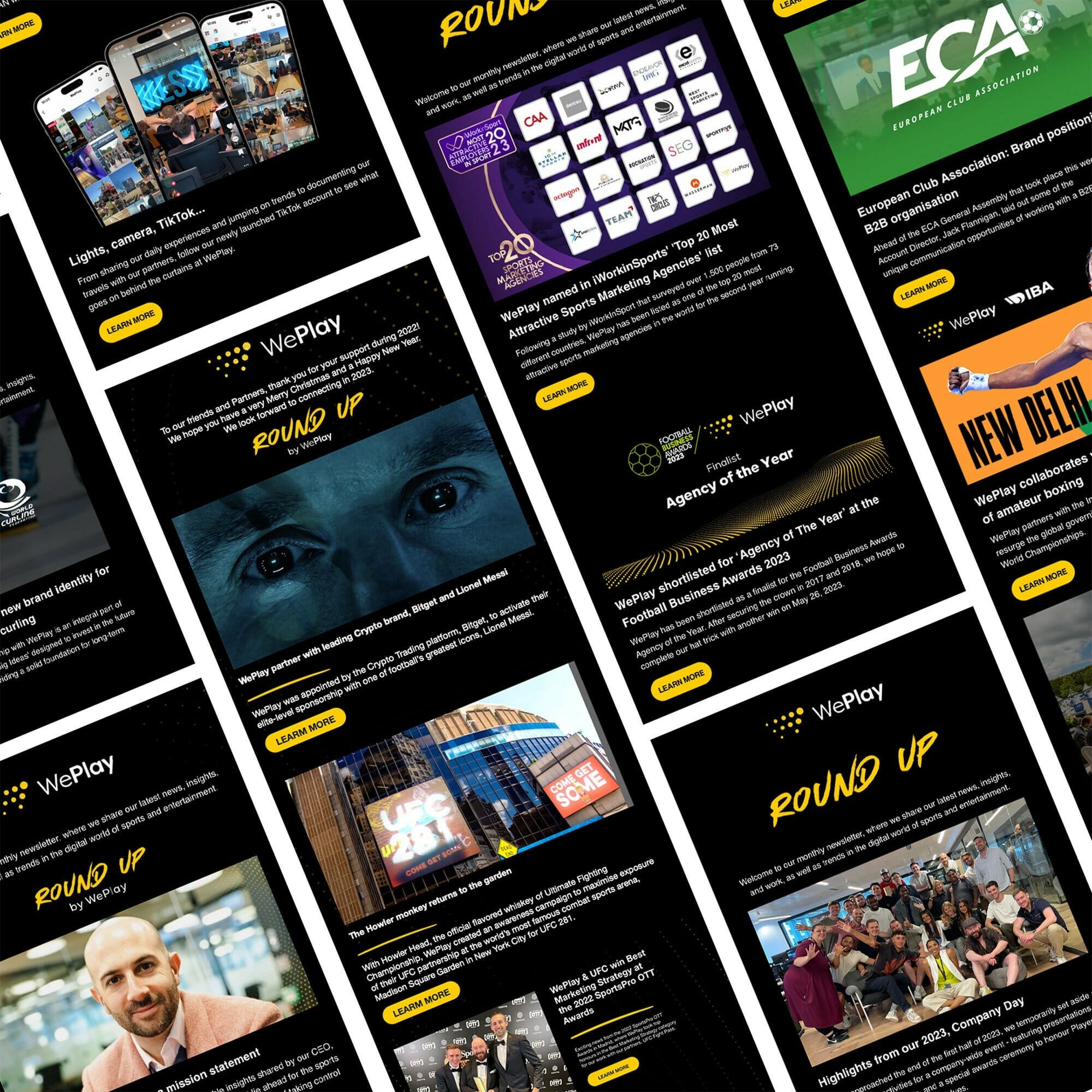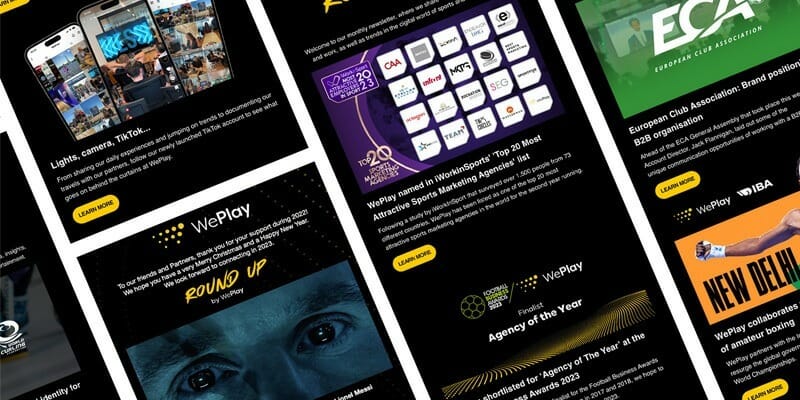
Three Golden Rules For Sponsorship In The Digital Age
This article originally was featured on Sport Industry
Luca Massaro, CEO of performance marketing agency WePlay looks at the sponsorship landscape and gives three ‘golden rules’ for the digital age.
Let me start with some good news: we’re starting to see the first green shoots of recovery.
Following a 6% uptick in confidence recorded by ESA’s sponsorship sentiment tracker for the month of June, July brought an eight-fold increase in WePlay’s new client briefs compared to May. Hopefully, you’re starting to see the same trends from wherever you’re looking.
The bad news is that times are still tough and the future uncertain across the sports industry.
The COVID-19 crisis has exposed the fragility of historic sports business models, with their heavy dependence on gate receipts and TV rights.
At the same time, the impact has clearly accelerated sport’s digital shift, with the absence of live-action and physical events driving investment into archive, SVOD / OTT platforms, and new forms of fan engagement.
The results have catapulted the industry forward by up to three years, according to some estimates. Welcome to 2023!
Among rightsholders, there is a growing realisation that direct-to-consumer is the only long-term sustainable revenue stream, and the audience itself is the only secure monetizable asset.
For confirmation of the trend, we need only look to last week’s marketing press headlines, which proclaimed the International Olympic Committee’s new “direct-to-people” strategy as the organisation marked one year to go (again) to the Tokyo Games.
But beyond the headlines, what does going direct-to-consumer really mean for a sports rightsholder?
At WePlay, we’ve built a performance-driven approach to focus on the five enabling revenue generation pillars of direct-to-consumer marketing: live events and venue, audience development & memberships, e-commerce & retail, broadcast and streaming and digital sponsorship. The latter is the focus of a digital event we will be hosting on 30th July.
Of all our five pillars, digital sponsorship offers perhaps the biggest opportunities. Indeed, its untapped potential was a talking point long before anyone ever uttered the dreaded “corona” word.
In 2019, a study by Two Circles showed that, by failing to convert digital media consumption into value for brands, sports rightsholders were globally under-exploiting their sponsorship businesses by a cumulative £13.7bn a year.
The tide was already starting to turn, and smart sports properties will have used the lockdown to address this historic underinvestment by developing their digital sponsorship propositions.
At WePlay, we’ve seen a 300% increase in our digital sponsorship work this year, offsetting a near 100% drop in our live event marketing business, which made up 40% of our turnover in 2019.
If you’re at the start of a similar journey, I’d like to propose these three golden rules for digital sponsorship success:
1) Stop selling assets; start selling outcomes
Digital sponsorship requires a fundamental mindset shift on the part of rightsholders – from selling perimeter boards, shirt sponsorships & hospitality experiences, to selling business growth outcomes. This shift in approach is more relevant than ever in the current post-crisis context, which requires every dollar of marketing spend to deliver a tangible – and measurable – return.
2) Think like a media business; act as an agency
So now you’ve sold your hypothetical partner a 2% increase in its Indonesian client base, how are you going to deliver? It’s not enough to sell media alone. Digital sponsorship requires an integrated activation approach. Act as an agency or hire one to support you, as clients like AC Milan, Paris Saint-Germain and Olympique de Marseille have hired WePlay to help them with their digital sponsorship offering.
3) Invest in data and analytics
Fundamentally, the key to growing revenues (and sport’s share of brand marketing spend) is proving how a sponsorship dollar spent on platforms like Facebook will deliver more than an advertising dollar spent on Facebook. Deep, real-time measurement is now every brand’s baseline expectation. Getting the data piece right will underpin everything else.
In general, what we’re witnessing is the growing convergence of traditional rightsholder, media and agency roles across the global sports ecosystem. The ones that thrive will be those that are quickest to adapt and leave “traditional” ways of working behind. The future could be brighter than you think.
With that summary in mind, these are just some example extracts and takeaways covered in the first session of WePlay’s Digital Event series, but if you missed it and for a more detailed introduction to WePlay’s approach to performance marketing, you can still view the content in full by registering here.
Stay tuned for the upcoming announcement of Session 2 of the series, whereby we will continue to explore intricate strategic and tactical opportunities that can be used to drive sustainable direct-to-consumer revenue growth.


